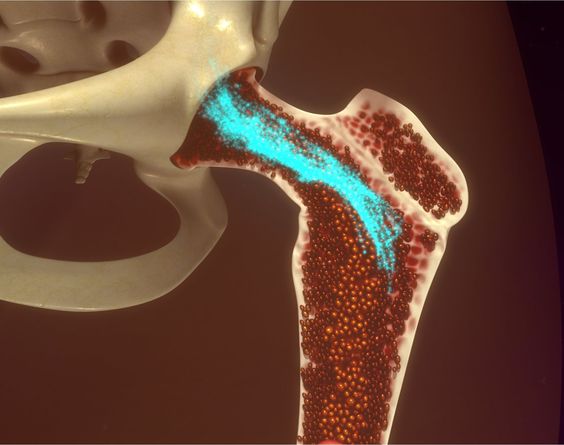Introduction:
A bone marrow transplant, also known as a stem cell transplant, is a complex medical procedure that replaces damaged or destroyed bone marrow with healthy stem cells. Bone marrow is the soft, spongy tissue found inside bones that produces blood cells, including white blood cells, red blood cells, and platelets.

This procedure is used to treat a variety of diseases, including leukemia, lymphoma, and other blood disorders. The goal of a bone marrow transplant is to restore the body's ability to produce healthy blood cells and strengthen the immune system.
Understanding Bone Marrow Transplants
Bone marrow transplants involve replacing damaged stem cells with healthy ones. These healthy stem cells can come from a donor or, in some cases, from the patient's body. The process begins with finding a suitable donor, often a close relative. Once a donor is identified, they undergo a procedure to collect the stem cells, typically from their bloodstream.
Types of Bone Marrow Transplants
There are two main types of bone marrow transplants:
- Autologous transplant: The patient's own stem cells are collected and used for the transplant. This type is often used when the patient's bone marrow is healthy enough to donate but needs to be replaced after high-dose chemotherapy or radiation therapy.
- Allogeneic transplant: The stem cells come from a donor, usually a sibling, parent, or unrelated volunteer from a registry. This type is used when the patient's bone marrow is not healthy enough to donate.
The Procedure and Recovery Process
Before the transplant, patients undergo conditioning therapy, which may include chemotherapy and/or radiation, to prepare the body for the new stem cells. The transplant itself is a relatively straightforward procedure, similar to a blood transfusion. The healthy stem cells are infused into the bloodstream, where they travel to the bone marrow and begin to produce new blood cells.
Recovery from a bone marrow transplant can take several weeks to months. During this time, patients stay in the hospital or a specialized care facility to monitor for complications and provide supportive care.
Risks and Complications
Bone marrow transplants are complex procedures with potential risks and complications, including:
- Graft-versus-host disease (GVHD): This occurs when the donor's immune cells attack the patient's tissues.
- Infection: Patients are at a higher risk of infection due to a weakened immune system.
- Anemia, bleeding, and other blood-related problems: These issues can occur as the body adjusts to the new stem cells.
While there are inherent risks, bone marrow transplants offer a potential cure or long-term remission for many life-threatening diseases.

.jpg)